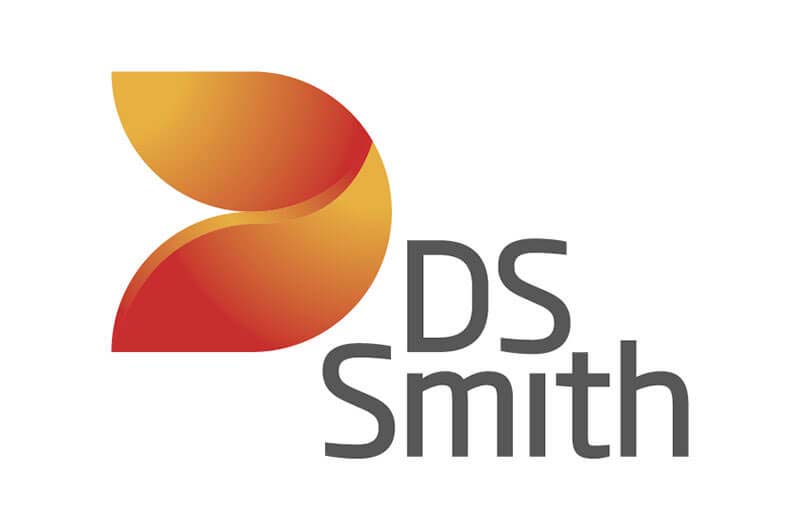DS Smith, a global sustainable packaging company based in Atlanta, Georgia, has hit seven of its key sustainability milestones – including meeting targets on the circular economy, forest management, community engagement and water management.
The company’s 2021 Sustainability Report revealed that over the last year, it had trained all 700 designers on the circular economy – enabling them to build circular design principles into hundreds of thousands of packaging designs for customers.
All of DS Smith’s forests achieved forest management certification and the company maintained its Forest Stewardship Council (FSC) certification for all of its sites, meeting the highest sustainable forestry standards on the market.
Every DS Smith site with more than 50 employees engaged in activities to support the local community, while plans to reduce, reuse and recycle water were implemented at 25 of the company sites at risk of water stress, supported by regular water performance reviews.
The report revealed DS Smith achieved its target to source 100 percent recycled or chain of custody certified papers and ensured all sites accounting for 90 percent of its energy consumption were ISO 50001 certified. This globally recognized standard enables a coordinated approach for monitoring progress against targets.
“As we continue to tackle the challenges facing our communities and the environment, achieving a number of our key targets, including forest management, community engagement and designing for a circular economy, shows great progress,” said Keith Ledbetter, managing director of DS Smith North America Packaging and Paper. “By placing sustainability at the heart of all we do, we will continue to reduce our impact on the environment while creating innovative solutions that meet the needs of our customers.”
The 2021 Sustainability Report is the company’s first progress update since launching its “Now and Next” sustainability strategy in September of last year. The report also showed that DS Smith:
- Reduced carbon emissions by 23 percent per ton of production compared to 2015 and by 4 percent per ton of production compared to last year– supporting the company’s commitment to reach net zero emissions by 2050;
- Installed 36,672 LED lamps at 96 sites around the world, saving more than 15,400 tons of CO2 a year. An additional nine sites are under review which could increase the number of LED lamps to around 40,000;
- Launched 57 biodiversity projects in local communities over the past year – a further 47 biodiversity projects are being considered, from wildflower meadows and community gardens to bug hotels and ponds, putting it on track to reach 100 projects across Europe and North America by 2025; and
- Achieved an “AA” MSCI score, compared to “A” last year as measured by third party ESG ratings agencies – the highest grade achieved by any industry peers. Additionally secured an “A-” in Circulytics, the most comprehensive circular economy performance measurement tool, as developed by the Ellen MacArthur Foundation, compared to “B+” last year.

